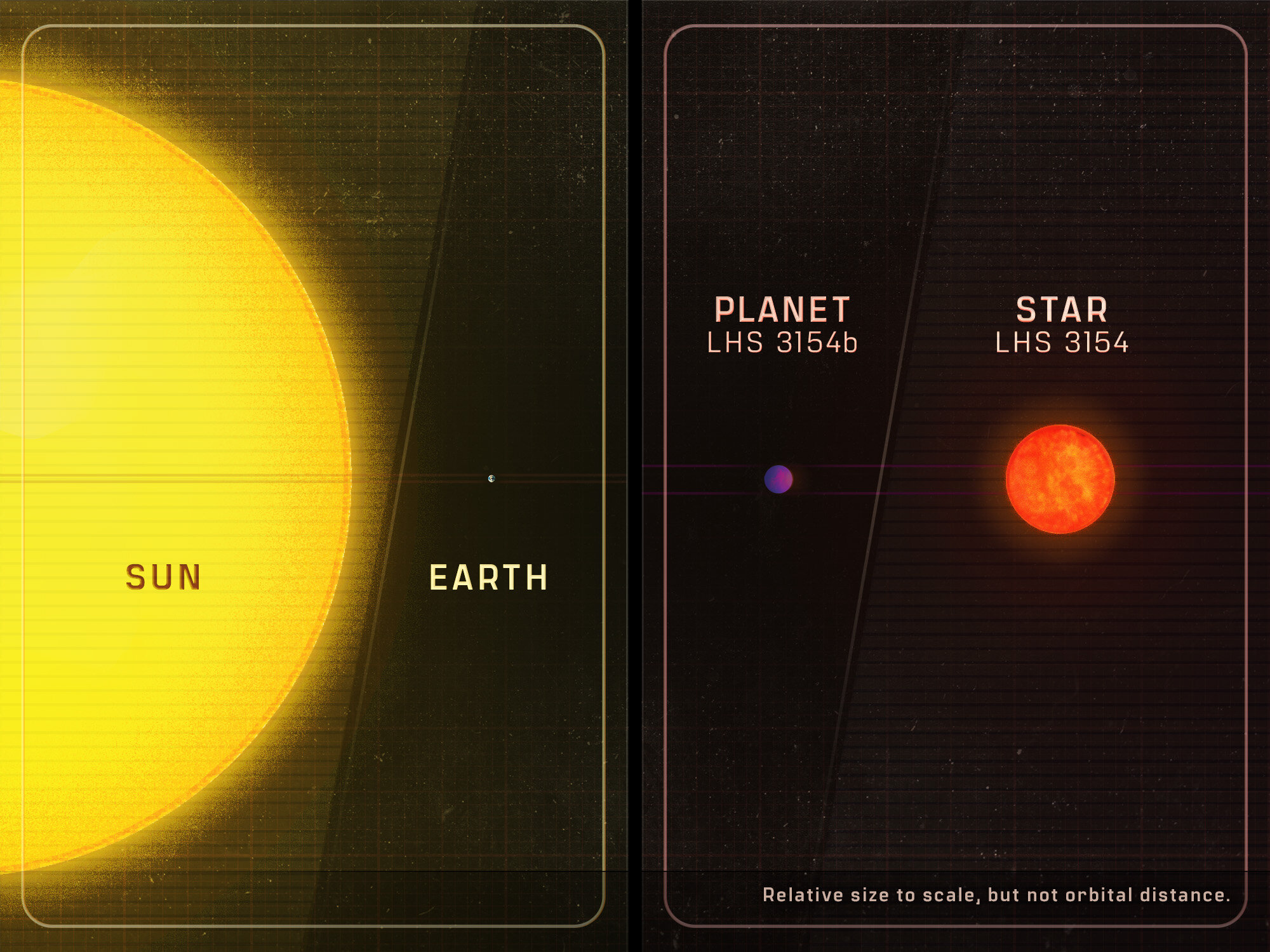The discovery of a planet that is far too massive for its sun is calling into question what was previously understood about the formation of planets and their solar systems, according to Penn State researchers.
In a paper published in the journal Science, researchers report the discovery of a planet more than 13 times as massive as Earth orbiting the “ultracool” star LHS 3154, which itself is nine times less massive than the sun. The mass ratio of the newly found planet with its host star is more than 100 times higher than that of Earth and the sun.
The finding reveals the most massive known planet in a close orbit around an ultracool dwarf star, the least massive and coldest stars in the universe. The discovery goes against what current theories would predict for planet formation around small stars and marks the first time a planet with such high mass has been spotted orbiting such a low-mass star.



If we expand into the galaxy, even into just our local bit of galaxy, we will make a new threat out of some of the colonies.
We will also be those colonies, though. So whoever wins it’s us.
Humanity has always had internal conflict. That’s just part of us being us. Though perhaps our descendants will develop in less contentious ways, if that works well for them.